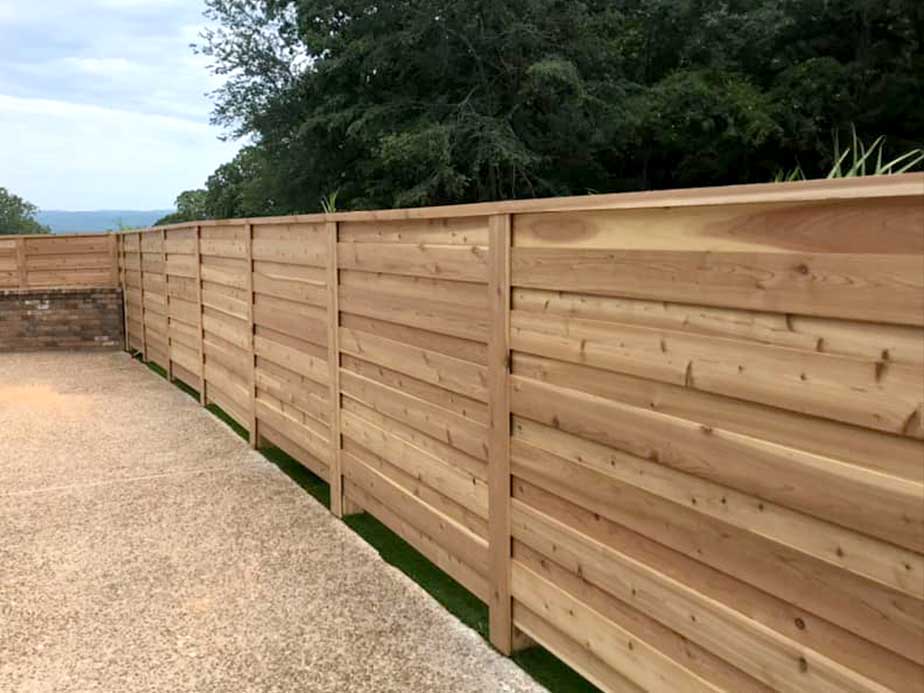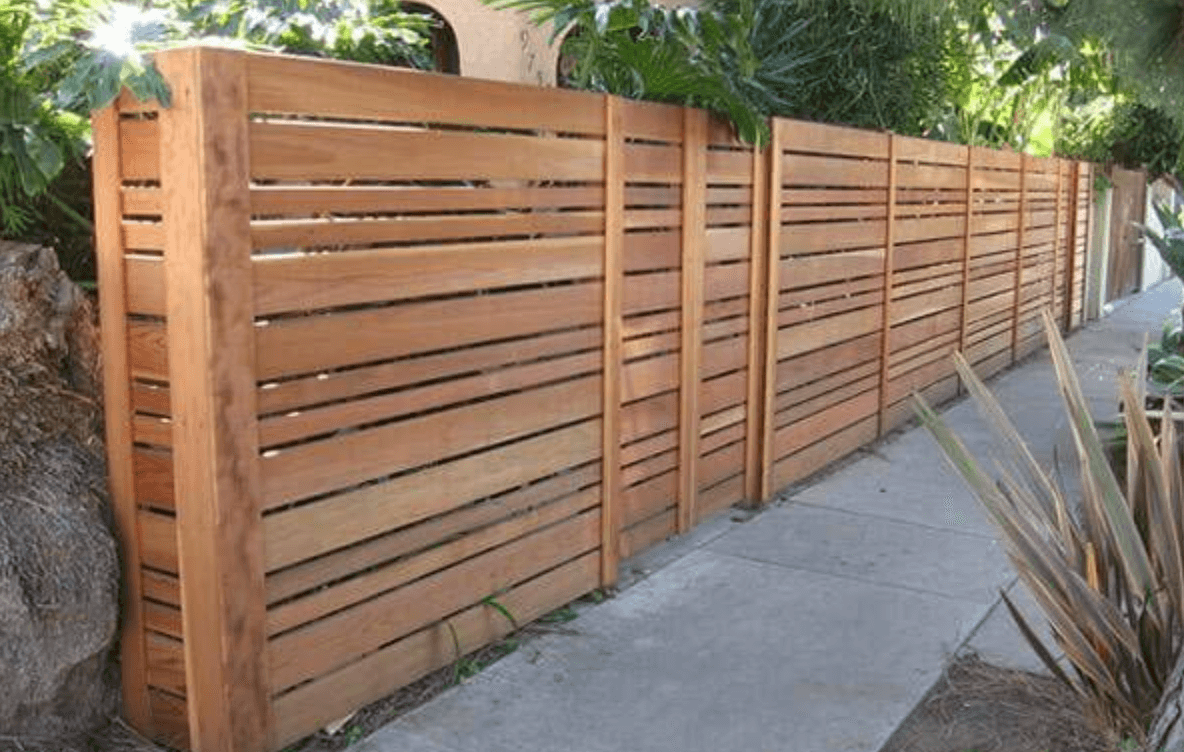All Categories
Featured
Fencings provide several benefits for home owners, including personal privacy, protection, and enhancing visual appeal. Below are a number of essential indications that your fence may need to be changed.
![]()
![]()
![]()
Final thought. Whether it's via physical damages, parasite invasions, rot, or just the all-natural progression of time, identifying the signs that your fencing requires to be replaced can help you make an educated choice about when to take action. By changing your fencing at the appropriate time, you can guarantee that your building stays secure, aesthetically appealing, and functional for years to come.
- Substantial Physical Damages. Physical damages to a fencing can be created by different factors, including extreme climate, dropped trees, or accidents. If numerous panels are broken, or the articles are totally compromised, the fencing will no much longer offer its primary objective of supplying security and privacy.

- Rotting and Decay. Wooden fencings are especially prone to rot, specifically when they remain in continuous contact with the ground. If you discover soft, mushy, or blemished wood, it's likely that the fence is beginning to decay. This is specifically typical in the reduced sections of the messages, which are in direct call with the dirt. With time, the rot can spread out throughout the fencing, compromising its architectural stability. While local locations of degeneration may be fixed, if the rot is extensive, replacing the fencing is typically the finest option.
- Leaning or Tilting. A leaning fence is a clear sign that the articles may have been damaged or that the dirt around the articles has shifted. If the leaning is severe, or if efforts to align the blog posts have not worked, changing the damaged areas or the whole fence may be necessary to preserve safety and security.
- Parasite Problem. Pests such as termites, rodents, and ants can cause serious damage to wood fences. In several cases, parasite invasions can weaken the fence to the factor where repair services will not be adequate, and replacement might be called for.

- Rust or Corrosion (For Metal Fences) If the corrosion is substantial and affecting the stability of the fence, repair services might not be sufficient. In this instance, replacing the steel areas or the whole fence is the finest service.
- Discoloring or Discoloration (For Vinyl Fences) Vinyl fencings are a popular selection due to their reduced upkeep and longevity. If the fencing is showing indications of substantial fading, especially if it influences the overall look of your residential or commercial property, replacing it with a brand-new vinyl fencing or a different material might boost both looks and capability.
- The Fence is Obsolete or No Longer Fulfills Your Demands. Sometimes, the need to change a fencing isn't because of damage, but because it no much longer fits your needs or the style of your home. If your fence is outdated, doesn't provide adequate personal privacy, or no more offers the degree of safety and security you need, it might be time for an upgrade. In addition, if your initial fencing was built for a certain function, such as maintaining pets in, and now you call for a more strong barrier for privacy or protection, a replacement will make sure the fence offers your present needs.

- Constant Repair Service Expenses. If you find yourself consistently fixing areas of your fencing, it might be much more cost-effective to replace the whole structure instead than continuously patching it up. Frequent fixings can build up over time, and a fencing that requires continuous attention might not be offering the safety and security and performance you need. A new fence can save you money in the lengthy run by reducing recurring upkeep prices.
- Fence No More Provides Personal Privacy or Safety. The primary functions of numerous fences are to give privacy and security. If your fencing is no much longer offering these purposes-- whether as a result of spaces, deteriorated structure, or simply an obsolete design-- it may need to be changed. A fence that does not offer ample privacy can leave your home subjected, while a fence that's no more protect can endanger the safety and security of your home.
- The Fence is Near completion of Its Lifespan. Take into consideration the age of your fencing. A lot of fencings have a life-span of around 15 to two decades, depending on the products utilized and the degree of maintenance. If your fencing is surpassing this age or approaching and shows several indicators of wear, it's an excellent idea to start preparing for a substitute. Also if the fence seems in suitable problem, an old fence might be extra susceptible to damage, and changing it proactively can conserve you from managing unforeseen concerns down the road.
Final thought. Whether it's via physical damages, parasite invasions, rot, or just the all-natural progression of time, identifying the signs that your fencing requires to be replaced can help you make an educated choice about when to take action. By changing your fencing at the appropriate time, you can guarantee that your building stays secure, aesthetically appealing, and functional for years to come.
Latest Posts
Check Out the Greatest Auto Repair Deals in Montclare, Chicago
Published May 24, 25
1 min read
Recognizing When Your Car Needs Professional Car Repair at Montclare Auto Repair
Published May 23, 25
1 min read
Experience Your Financial Partner at WyHy – Top Benefits for Your Financial Goals
Published May 22, 25
1 min read
More
Latest Posts
Check Out the Greatest Auto Repair Deals in Montclare, Chicago
Published May 24, 25
1 min read
Recognizing When Your Car Needs Professional Car Repair at Montclare Auto Repair
Published May 23, 25
1 min read
Experience Your Financial Partner at WyHy – Top Benefits for Your Financial Goals
Published May 22, 25
1 min read